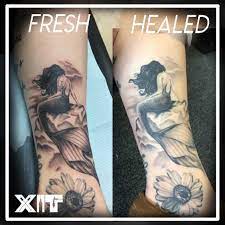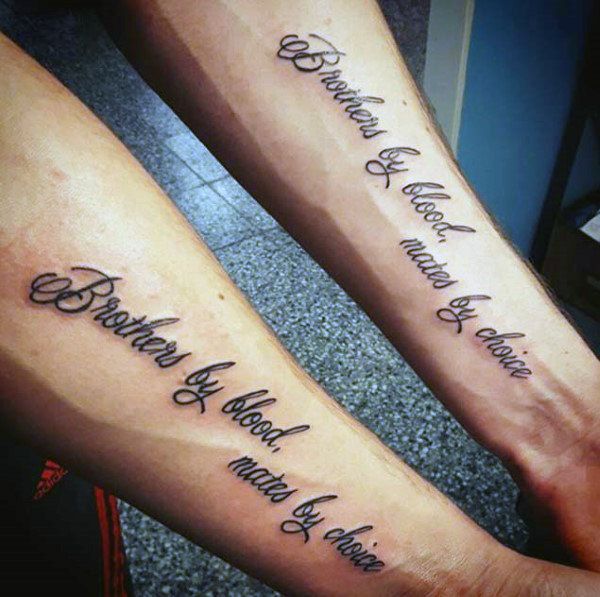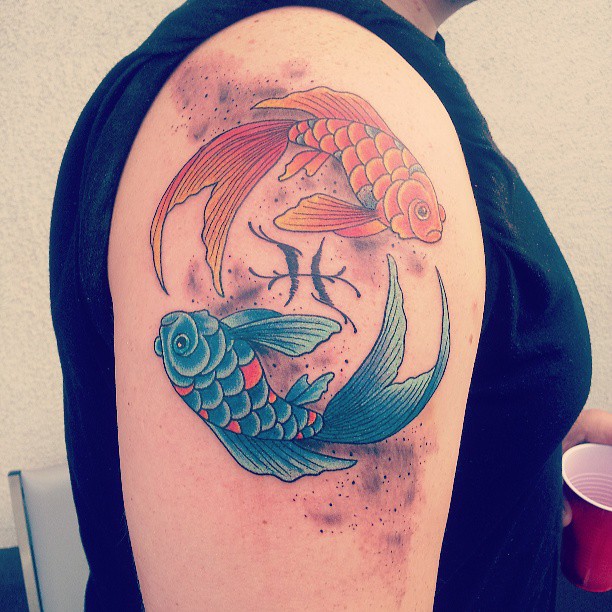How to Deal With Fresh Tattoo Redness, Swelling, and Other Skin Problems

After the tattoo session, your artist will apply a breathable bandage or plastic dressing. This is done to protect the new tattoo from bacteria and to prevent fluid buildup. This method significantly decreases the risk of contamination and friction-related issues.
Redness
Getting a new tattoo often leads to redness and inflammation. This is a normal response from your body due to the tattoo needle’s repeated piercing of your skin.
The body’s reaction includes pumping blood into the affected area. The blood brings nutrients, oxygen, and clotting cells to promote rapid healing.
Infections usually occur when the tattooed area isn’t kept sterile, allowing bacteria to enter the wound.
Swelling
Swelling is another natural response from your body after receiving a tattoo. It happens because of the trauma caused by the needle penetrating the skin.
You may also experience bruising, especially in thin skin areas. The needle penetrates deeper into such places, causing your body to respond with enhanced healing and more bruising. Swelling and bruising should go away within a week.
Itching
Itching is a common side effect of new but is usually temporary.
To relieve itching, use a cold compress and apply a healing moisturizer. Avoid scratching, as it could disrupt the healing process and lead to scarring.
Scabs
Scabbing is part of the healing process after getting a tattoo.
This happens about 3-5 days after the tattoo application, as your immune system defends against infection.
This scabbing is usually mild, caused by the skin peeling away. It’s not an actual scab that has formed.
Avoid picking or scratching at any scabs, which can slow the healing time and compromise the tattoo. Keep the tattoo clean and moist to speed up healing.
Dryness
Dryness is a common problem with newly applied . It can make them painful and itchy.
Scratching the area can lead to scabbing, peeling, and potentially scarring. This can hinder the future appearance of your tattoo.
To prevent dryness, use moisturizers. They can help keep your new tattoo hydrated for faster healing.

